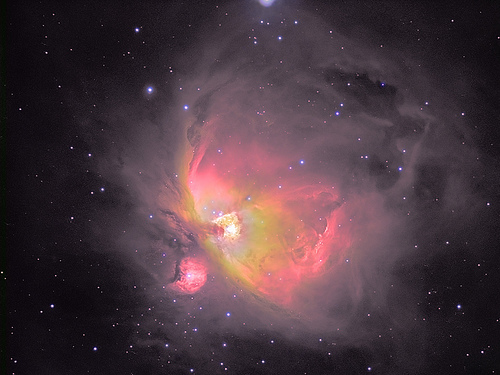THURSDAY, 2 SEPTEMBER 2010
When protons collide, they produce roughly equal amounts of matter and antimatter - opposing materials that annihilate each other immediately. Crucially, however, there is a slight excess of matter. This asymmetry explains why matter prevails throughout the cosmos. Although these processes have long been recognized, the observable universe requires much larger amounts of matter to be left over than is possible under currently accepted laws of physics.Now, an international collaboration of scientists, working at the Fermilab Tevatron particle collider in Illinois, believe they are close to solving the puzzle. Their experiments have achieved a matter-antimatter disparity that could account for the amount of matter presently in existence. The findings, reported in the journals Physical Review Letters [1] and Physical Review D [2], must now be replicated by other research groups working at Fermilab and the Large Hadron Collider in Europe.
Already, though, the implication that something other than physics' Standard Model is responsible for the disparity is sending waves throughout the scientific community. Roy Briere, of Carnegie Mellon University, Pittsburgh, said that the discovery could end up being one of the biggest milestones in high-energy physics.
Written by Jo Smith

